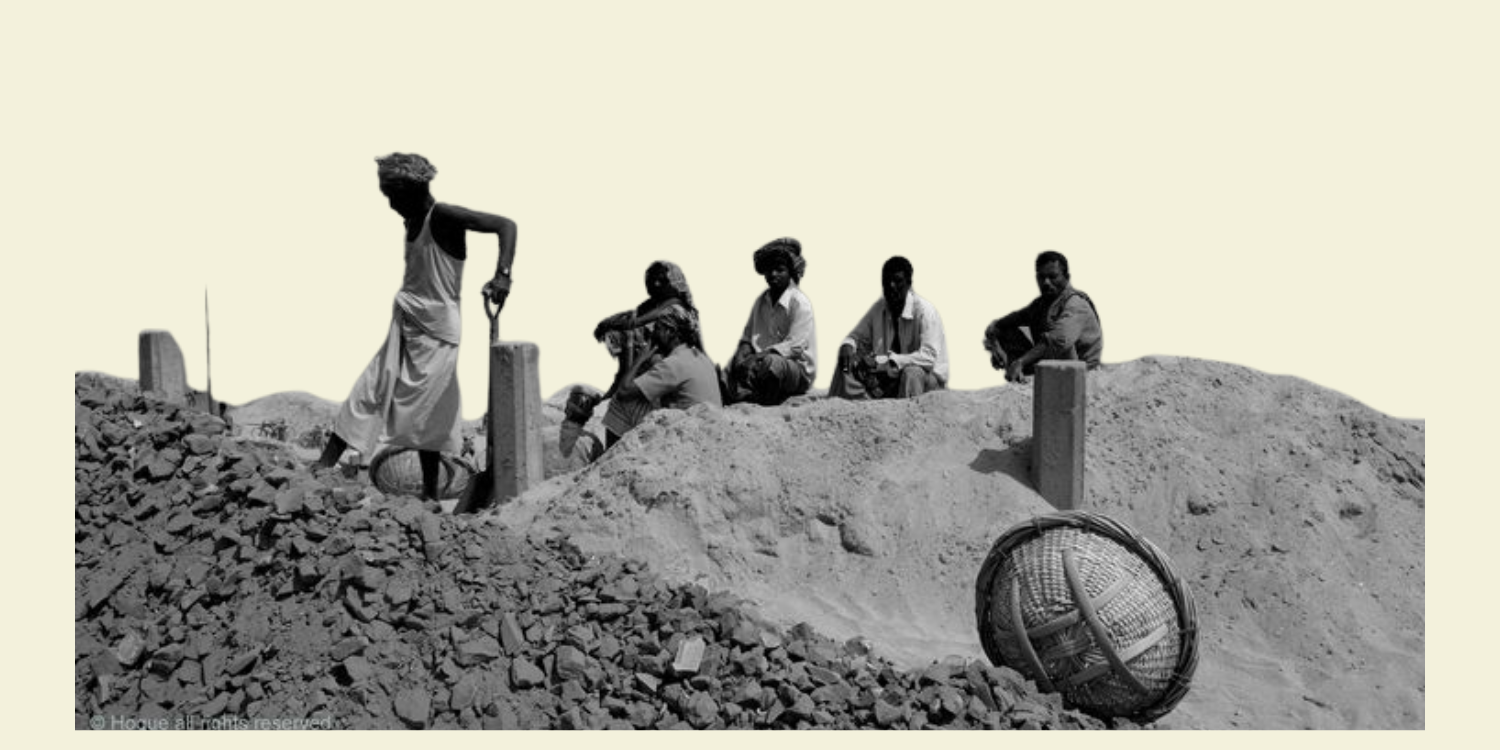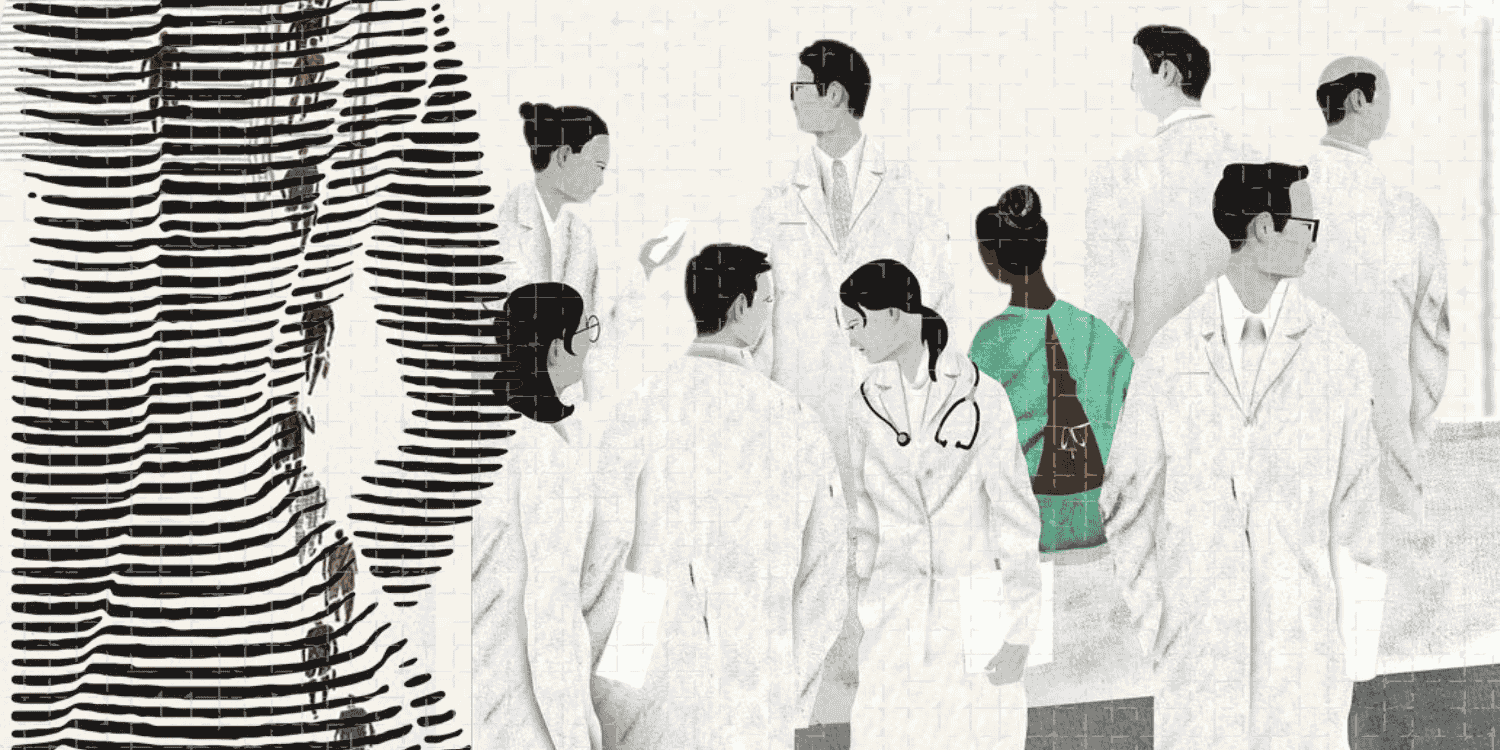ABSTRACT
India, like most low and middle-income developing countries, is witnessing the phenomenon of nutrition transition. Economic development, rising incomes and rapid urbanization have altered lifestyles, in particular, the dietary patterns, of its population. As a result, today, an emerging problem of obesity and obesity-related diseases coexists along with high levels of undernutrition. The paper explores India’s policy preparedness to address this malnutrition double whammy and deal with the risks of transition.
WHAT IS NUTRITION TRANSITION?
Globally, patterns of dietary intakes have significantly altered, as and when the processes of modernisation have advanced. Economic development has been known to directly trigger changes in eating behaviours of a population. In developing countries, when people transition from low and middle-income status to high-income status, the food they consume becomes increasingly rich in processed sugar, fat and salt (Misra 2008: 20). Nutrient density of food consumed, measured in terms of fibre and micronutrient content, is seen to decline with rising income. Improvements in the socio-economic status of a population, indicated by the education and income levels, is therefore, emerging as a predictor of increased cases of overweight, obesity, and associated non-communicable diseases. This correlation is almost entirely unique to developing countries as, in developed countries, obesity is seen as an indicator of poverty and low educational status (Siddiqui and Donato 2016: 587).





